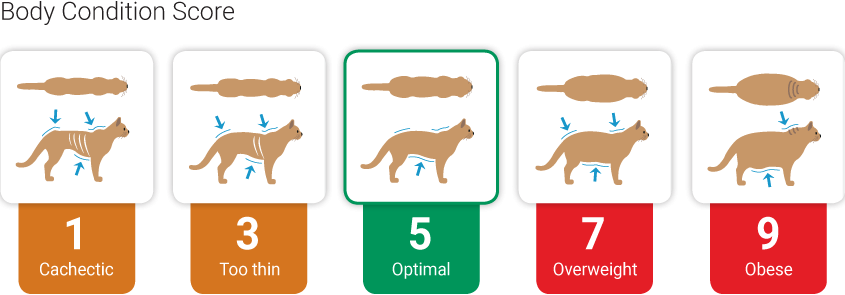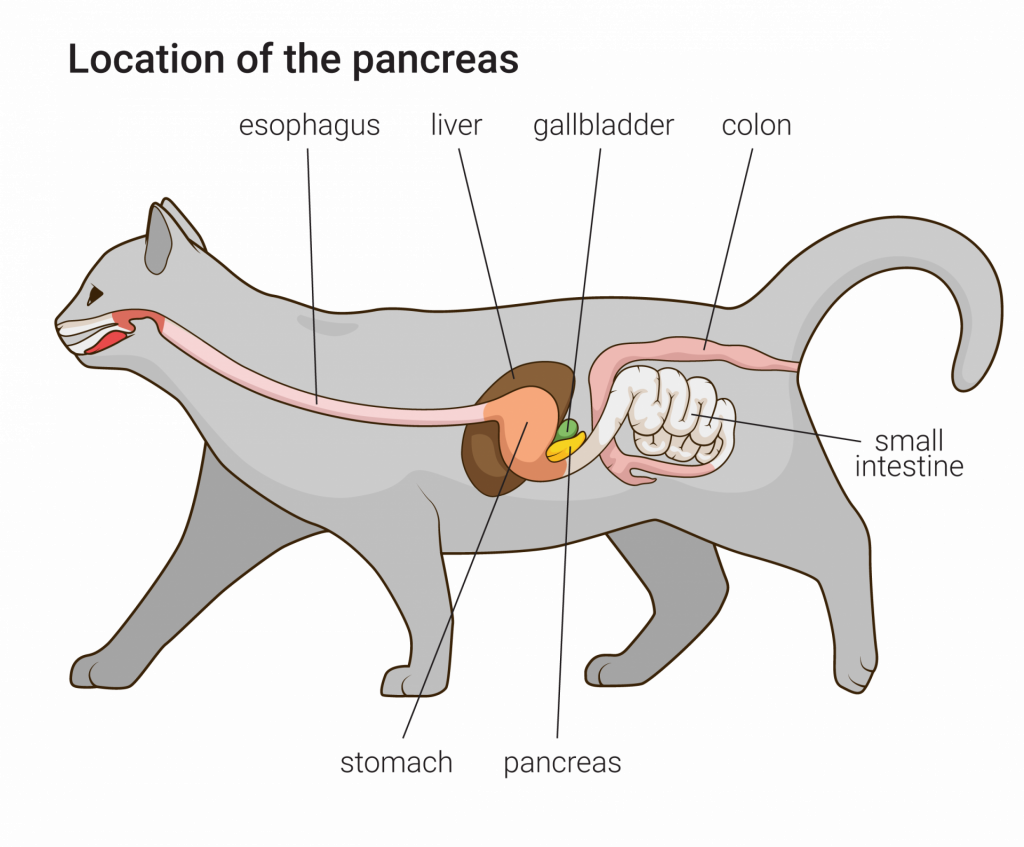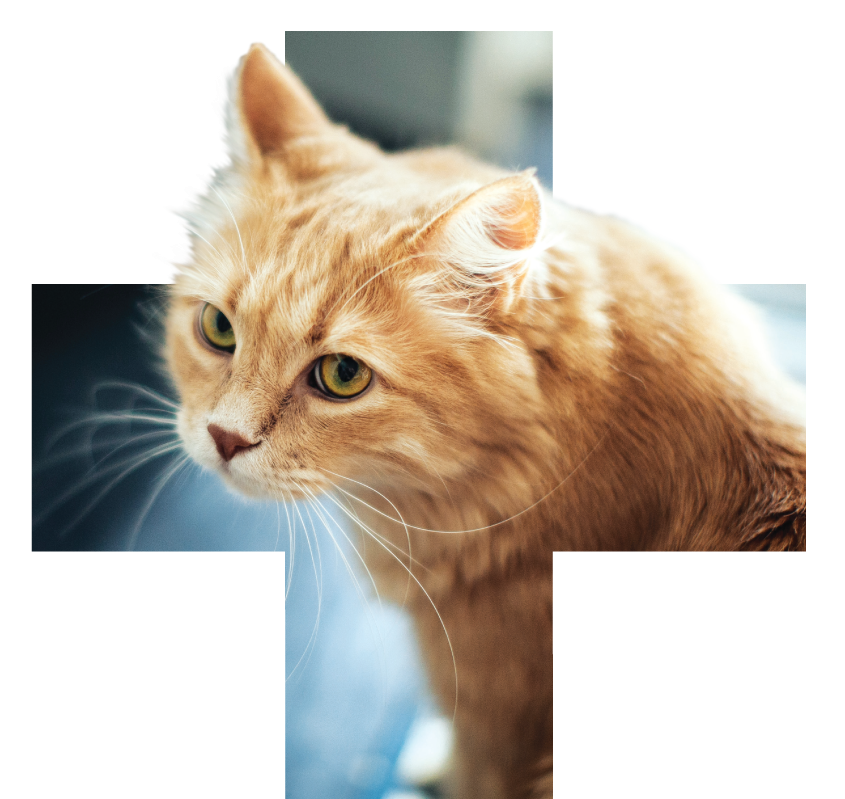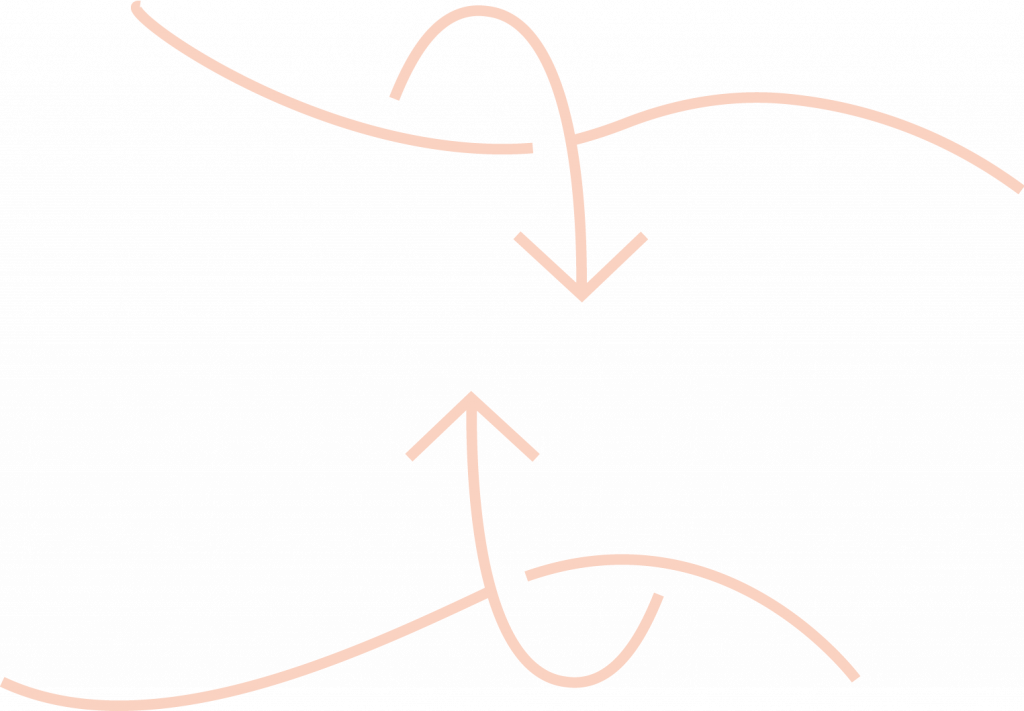Calibra VD Cat Diabetes 2 kg
Veterinary Diets Consult with your vet
Intended use: regulation of glucose supply (Diabetes mellitus)
skip_main skip_menu skip_search
9 February, 2022
Has your cat been diagnosed with diabetes, which unfortunately does not escape
our four-legged friends? You can help her with a properly chosen diet – one
of the possible solutions is to use the veterinary diet Calibra VD Cat Diabetes.
In this article you will learn:
Diabetes mellitus more commonly known as diabetes, can occur in humans, dogs, and cats. It’s a condition caused by increased blood glucose levels, which can cause severe disorders throughout the body. Early treatment can prevent them.
Diabetes belongs to a group of hormonal diseases referred to as endocrinopathies.
Obesity is a condition in which there is an overall increase in adipose tissue in an individual caused by an imbalance between caloric intake and expenditure. The animal’s lifestyle, activity levels, genetic disposition, or even neutering can influence the onset of this condition. Obesity is evaluated using the Body Condition Score (or BCS, an internationally recognized system of determining the physical condition of dogs and cats).

Predispositions for diabetes include:
 Sex – Male cats are statistically more likely to suffer from diabetes
Sex – Male cats are statistically more likely to suffer from diabetesInsulin is a hormone produced in regions of the pancreas known as pancreatic islets. Its function is to reduce blood sugar (glucose) levels and transport glucose into the cells, where it is used as a source of energy. In healthy animals, insulin is released immediately after eating.
The hormone glucagon, which is also produced in the pancreas, has the opposite effect – it raises blood sugar levels during fasting.
When insufficient quantities of insulin are produced in the body (which happens most commonly in dogs) or tissues do not react normally to insulin (a more complicated pathogenesis and different type of diabetes more common in cats), blood sugar levels rise above normal levels. Blood sugar (glucose, an osmotically active substance) attracts water molecules.
This leads to cell dehydration, increased urination, increased thirst, and therefore to overall dehydration of the body. Glucose levels are high in the blood, but low in the cells, because its transport into the cells is reduced. Glucose provides energy. If cells lack energy, appetite is increased.
The animal starts to take in more food, but paradoxically, it loses weight. This leads to changes in cell metabolism,
ketosis, and ketoacidosis. Increased blood sugar also influences tissues, such as neural tissue and muscles, affecting their structure and thus their functioning.
The clinical symptoms of diabetes, which are very complex, derive from these processes.
Clinical symptoms of diabetes in cats:
 Frequent urination, larger urinary volume (polyuria)
Frequent urination, larger urinary volume (polyuria)Long-term effects of high blood sugar levels in diabetes that can be avoided with early treatment include:
Diabetes cannot be cured. In cats, proper treatment (administration of insulin) and the introduction of a veterinary diet can lead to remission. Diabetic remission means that clinical symptoms and manifestations of the disease disappear. In remission, cats can live without insulin therapy – using only a veterinary diet adapted for diabetic cats. Regular checkups by a veterinarian are essential.
Veterinary diets for cats with diabetes are specially formulated to provide a support:
 Sources of carbohydrates with a low glycemic index, which enable better control of postprandial glycemia, or blood sugar levels after eating.
Sources of carbohydrates with a low glycemic index, which enable better control of postprandial glycemia, or blood sugar levels after eating. It‘s always important to follow the instructions of your veterinarian and to adhere to the patient’s individual treatment plan. It is necessary to coordinate the feeding and insulin administration times to ensure that sugar from the food enters the blood at the right time the insulin is absorbed.
It‘s always important to follow the instructions of your veterinarian and to adhere to the patient’s individual treatment plan. It is necessary to coordinate the feeding and insulin administration times to ensure that sugar from the food enters the blood at the right time the insulin is absorbed.
If insulin is administered too early, the animal can become hypoglycemic (very low blood sugar and risk of collapse); if administered too late, the animal can become hyperglycemic (very high blood sugar and the associated risks).
Feeding intervals depend on the type of insulin used and are determined by the veterinarian. Successful therapy lies in perfect compliance with the veterinarian’s instructions.
Calibra has developed the Calibra VD Diabetes veterinary diet for cats to provide nutritional support for diabetes mellitus. This veterinary diet includes the Nutrients & Energy Balance System – a combination of substances that provide optimum nutrition with a balanced calorie content.
Recommend to you
Veterinary Diets Consult with your vet
Intended use: regulation of glucose supply (Diabetes mellitus)
Complex approach of Calibra – in addition chondroprotectives focused on support of the musculoskeletal system.
 The Diabetes veterinary diet helps:
The Diabetes veterinary diet helps:Regular feeding with smaller portions of food, always in coordination with insulin, is essential for maintaining a constant (steady) blood sugar level.
 Other supplements to the veterinary diet (pouches/ canned food) should be given only with veterinary approval, and only in limited quantities. Some can contain carbohydrates with a high glycemic index that can increase blood sugar levels and cause a worsening of the animal‘s condition.
Other supplements to the veterinary diet (pouches/ canned food) should be given only with veterinary approval, and only in limited quantities. Some can contain carbohydrates with a high glycemic index that can increase blood sugar levels and cause a worsening of the animal‘s condition.
...and finally….
Calibra VD Diabetes for cats has been specially developed by veterinarians based on the latest scientific findings. Today, veterinary diets lie somewhere between medicine and food, and help support medical treatment in the most natural way.
Choose your preferred language